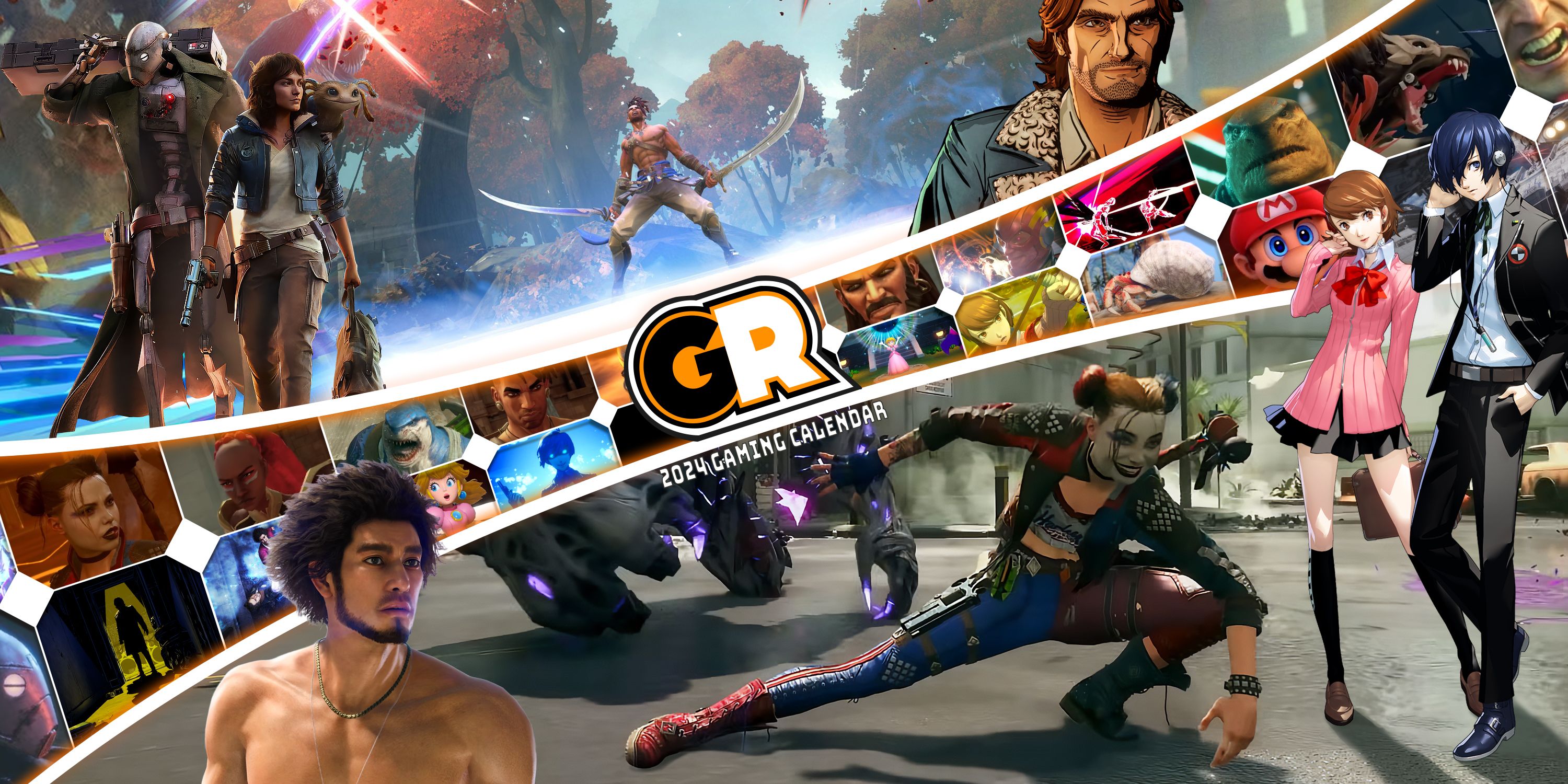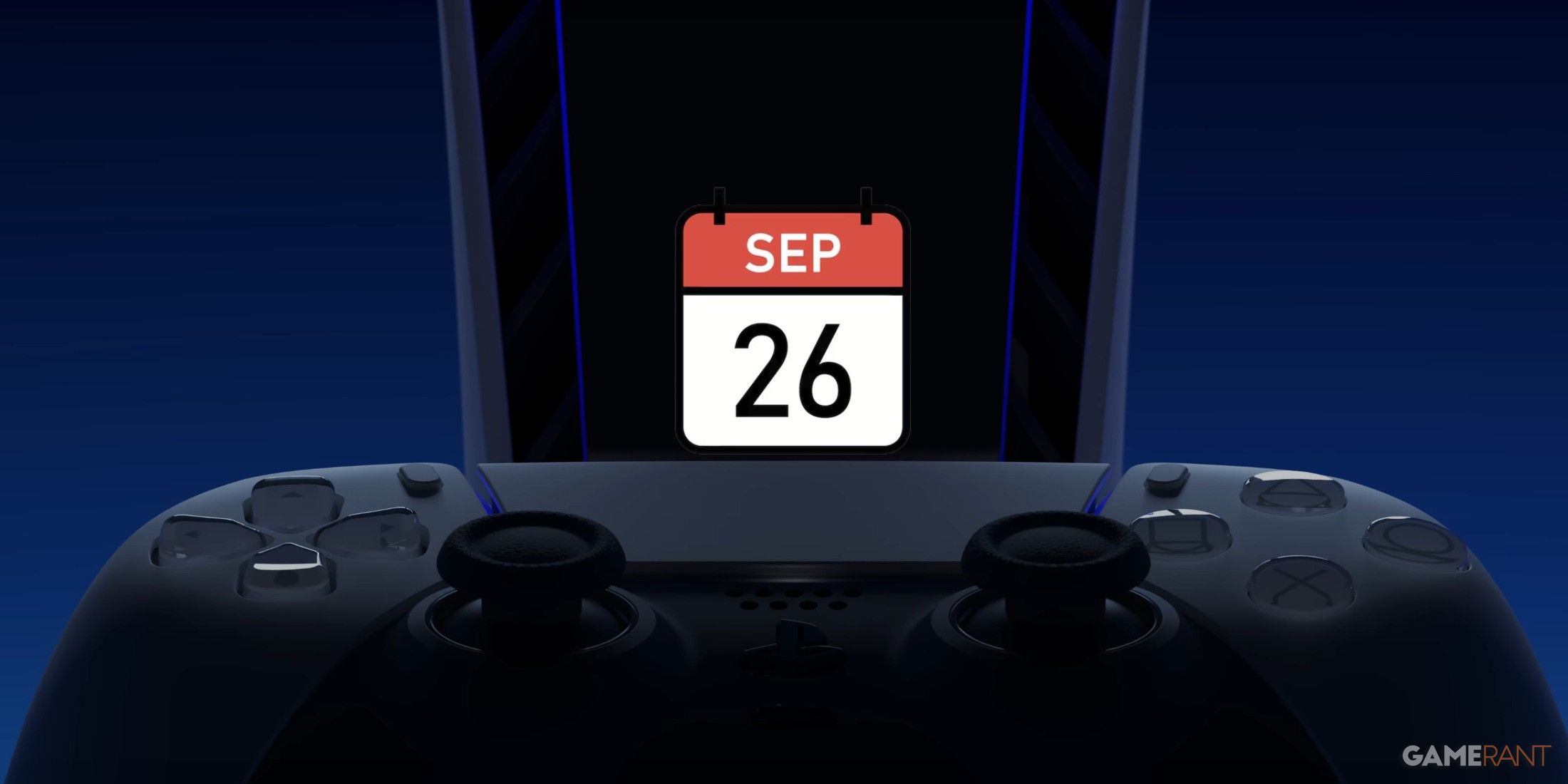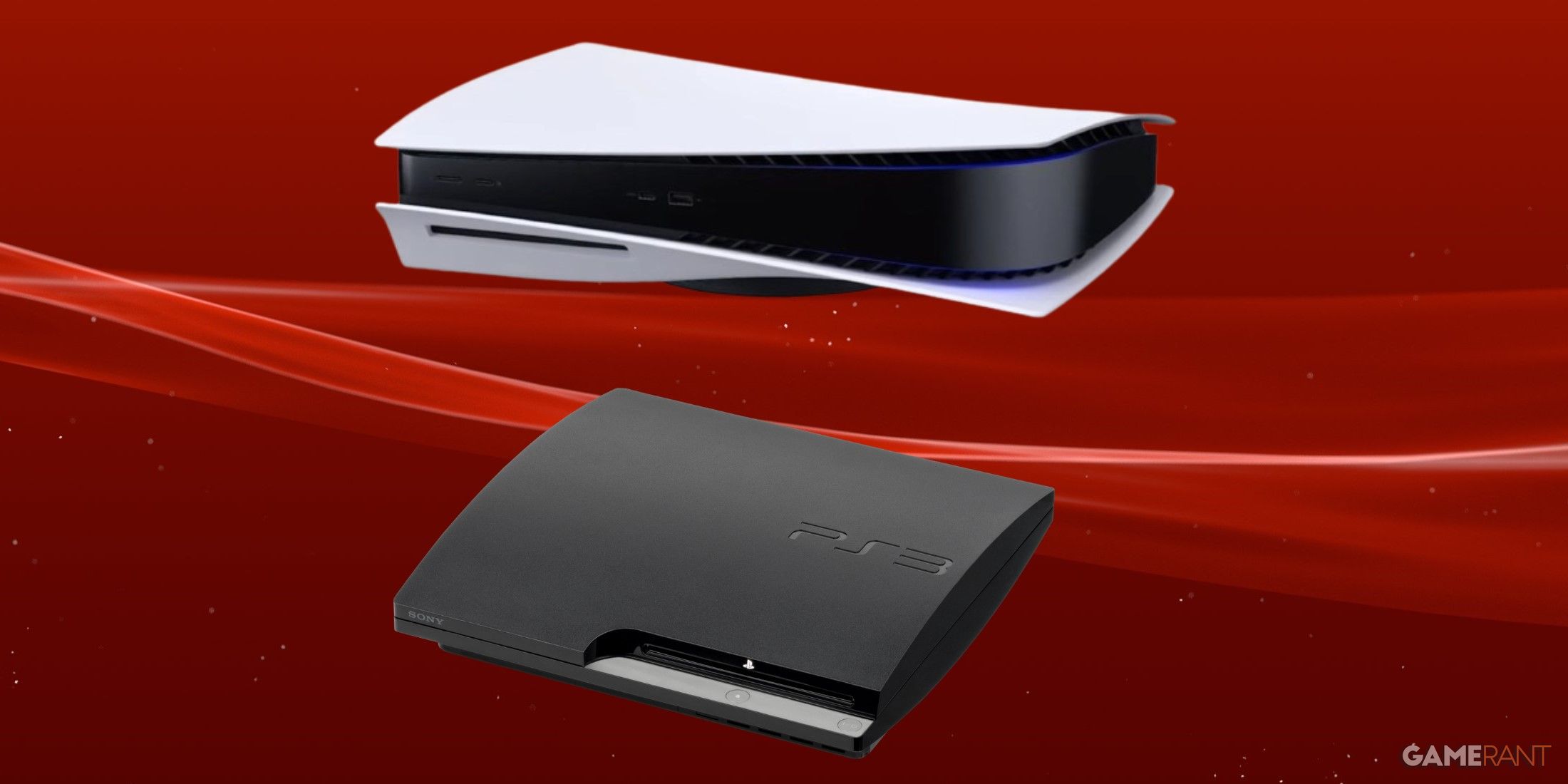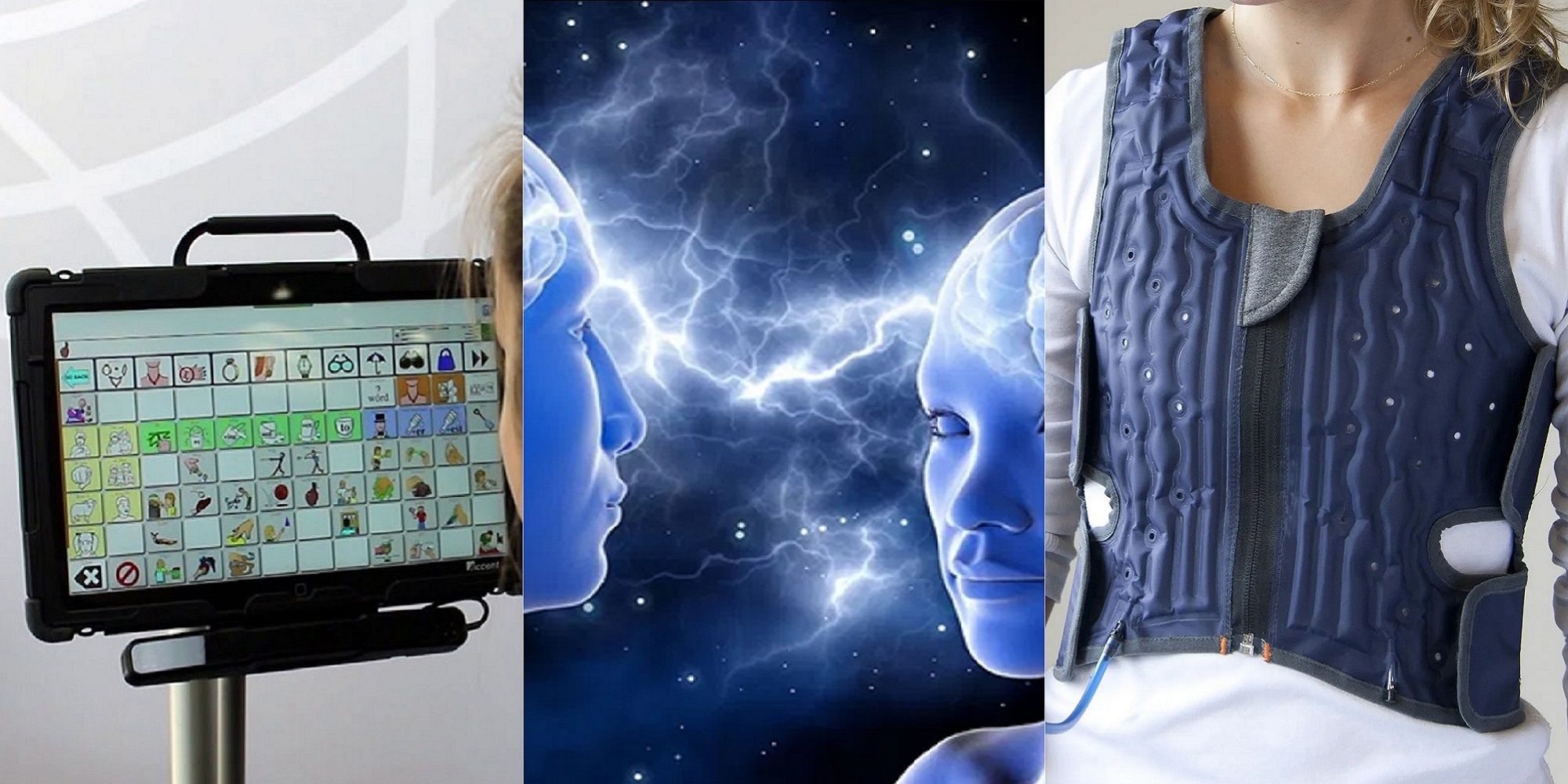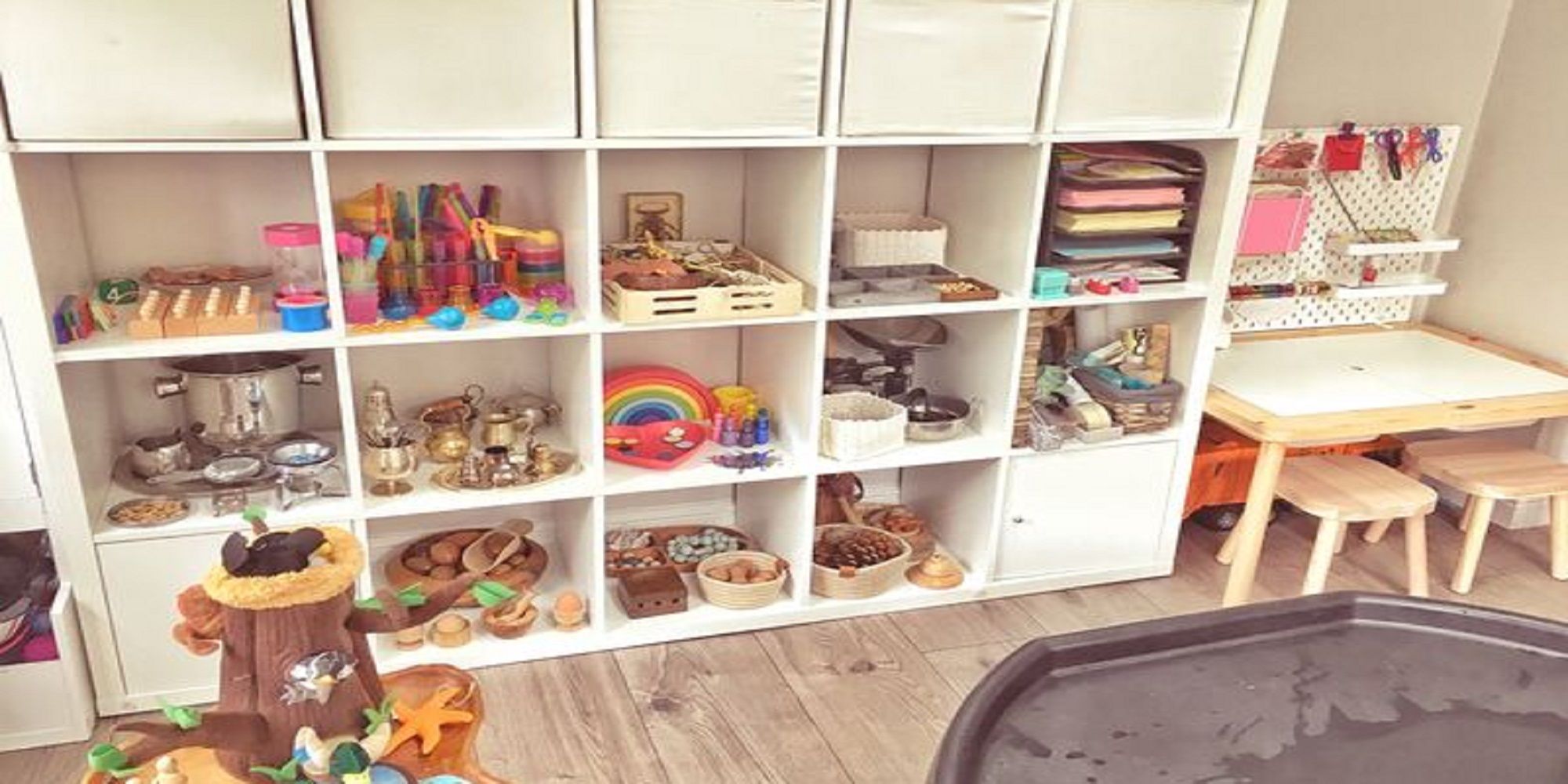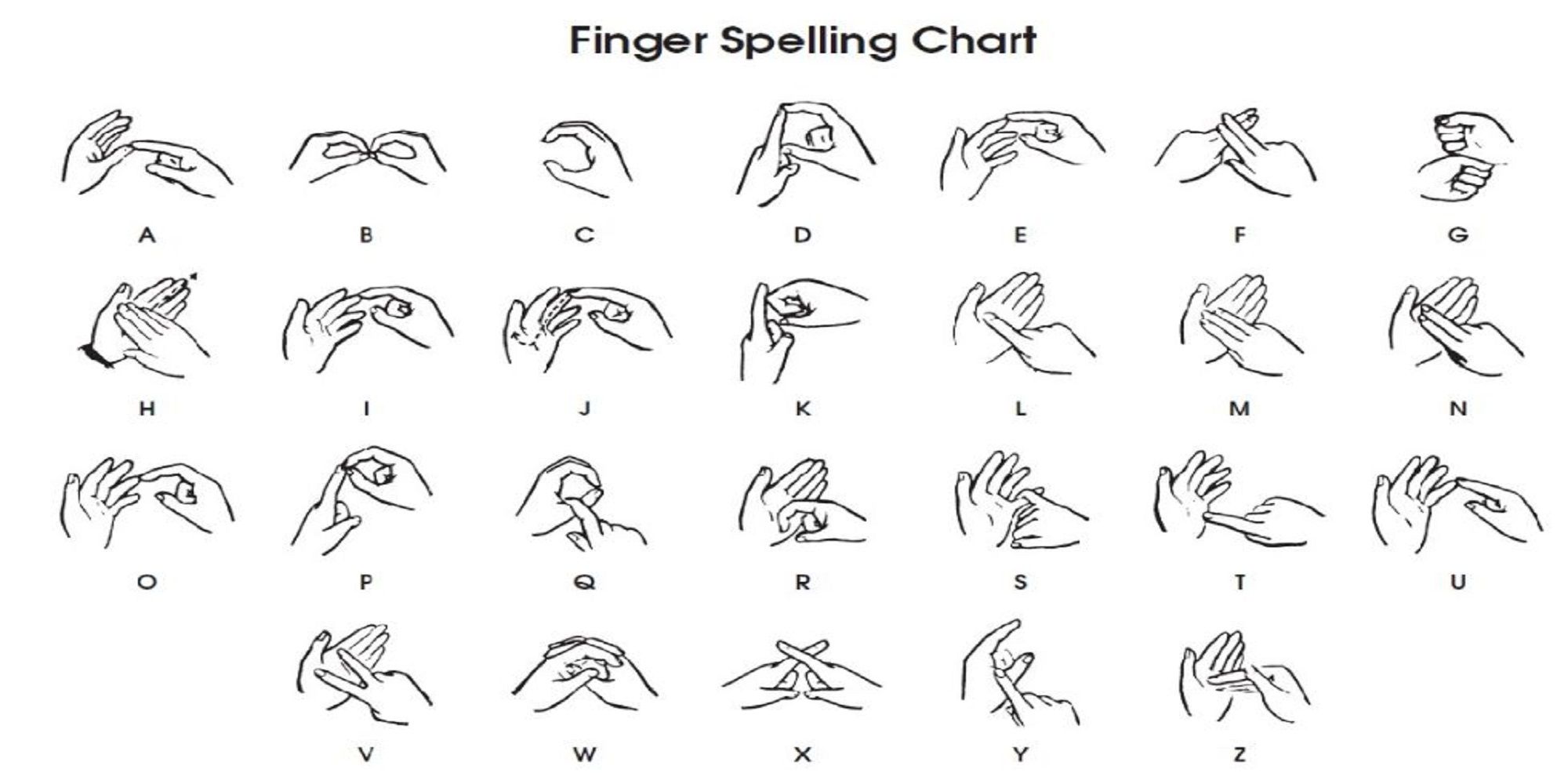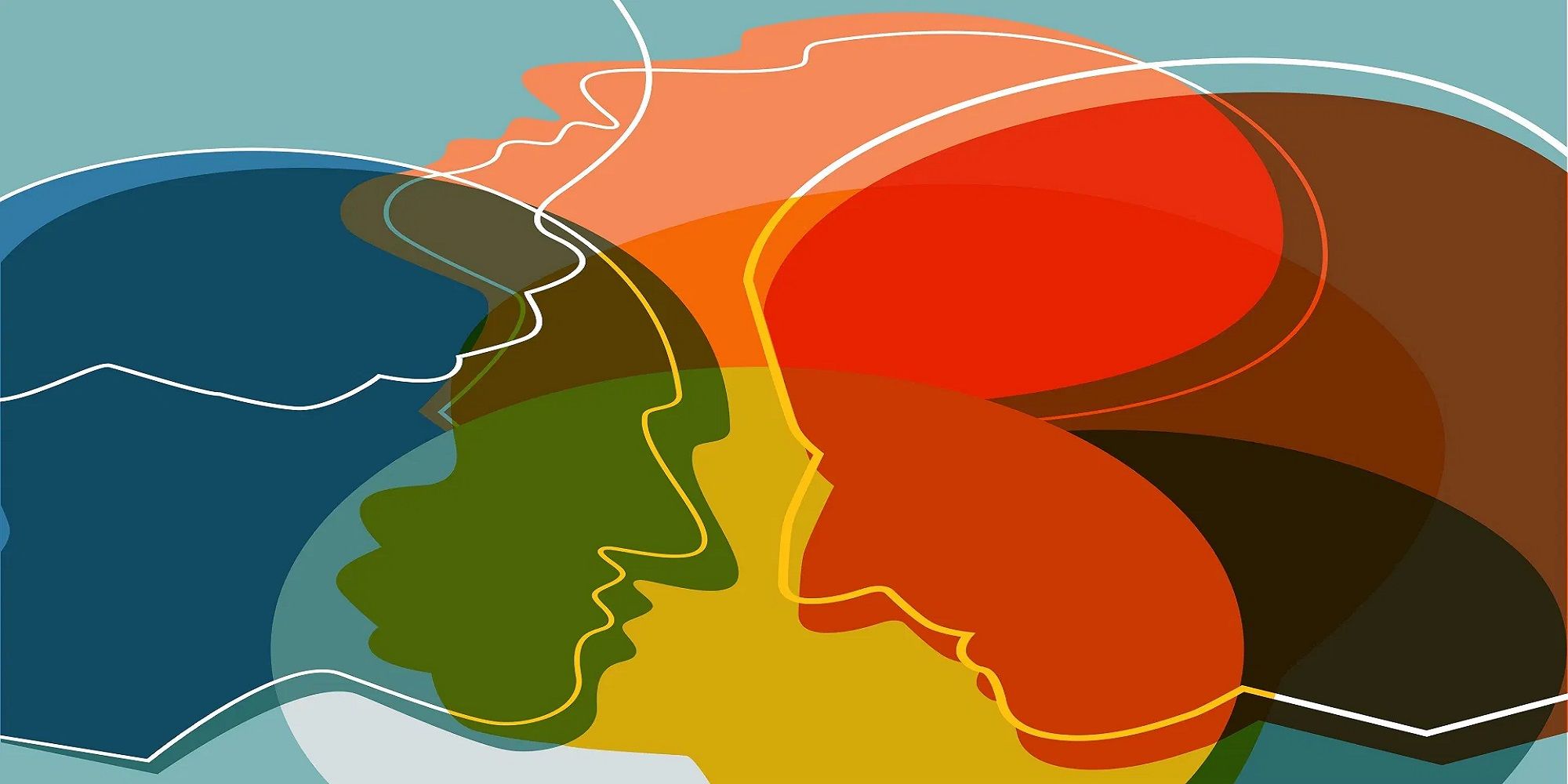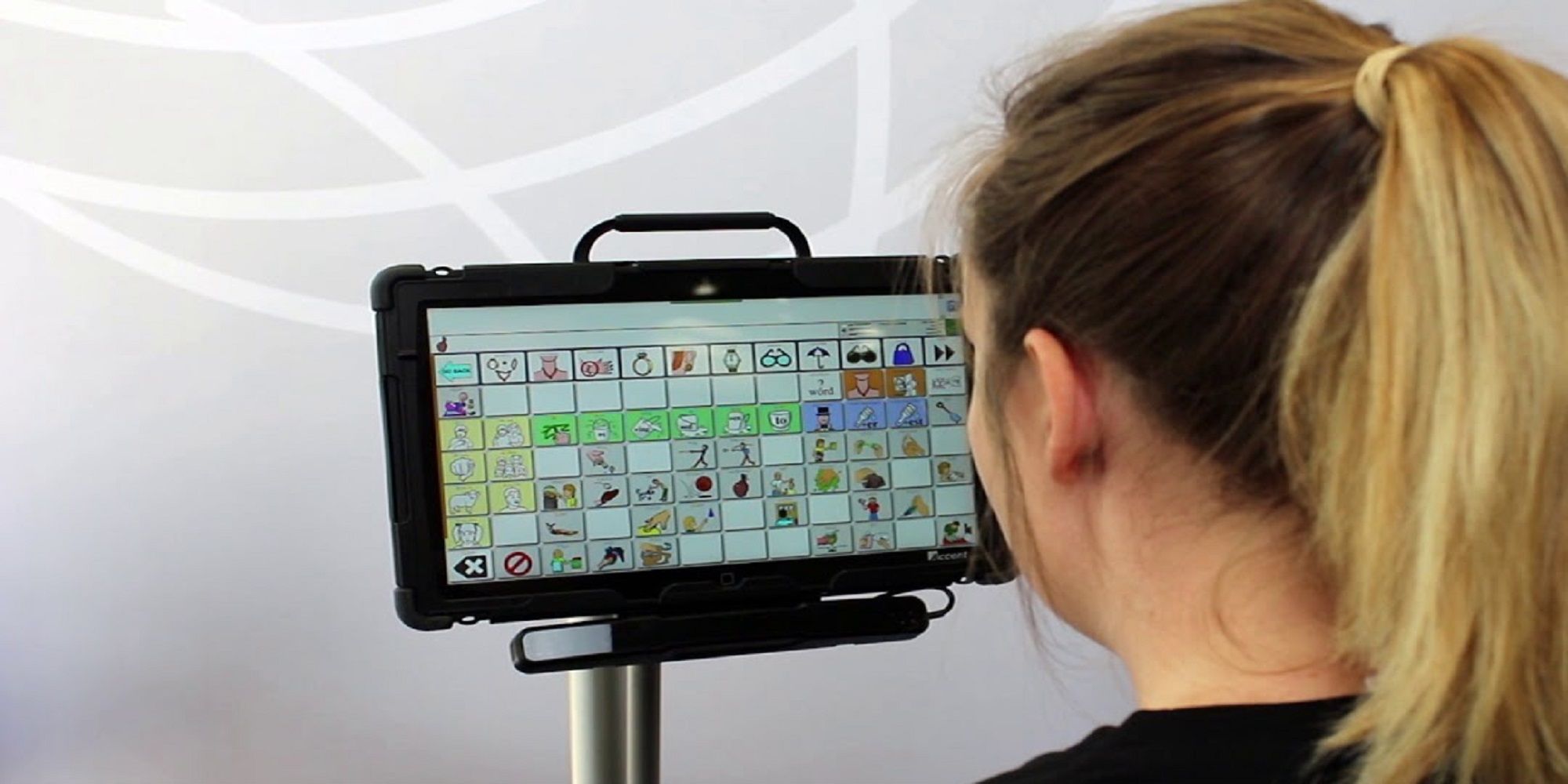The concepts and innovative technologies seen in disability services are often fascinating in their own right. Gaming fans who’ve worked in special education or learning difficulties services may have regularly considered how some of the ingenious communicative devices could be used for gaming. Beyond technologies, these areas also offer several concepts and approaches that developers could utilize to create unique gaming experiences.
In addition to being genuinely interesting concepts for developers to tap into, these ideas could be used to create more meaningful gaming experiences for people with learning difficulties. The ideas in this list are all evidenced-based concepts and include fantastic technologies, sensory experiences, communication devices, and educational approaches. Sharing such highly specific ideas can help improve awareness, alongside potentially improving gaming for everyone.
7 Schemas
While a term that is often used broadly to describe systematic actions, in early education the word is specific to a range of typical movements that learners regularly display. These actions, known to some as pre-math or the building blocks of learning, typically include what appear to be hardwired compulsive behaviors that contribute toward development.
Trajectory, positioning, enveloping, rotating, enclosing, transporting, connecting, transforming, and orientation are the common categories of schema that game designers might tap into. This concept might suit developers looking to create meaningful educational games for children and people with learning disabilities.
6 Intensive Interaction
Intensive Interaction is an approach that is typically used to communicate with non-verbal individuals who have severe to profound learning difficulties. It involves practitioners mirroring body language, facial expressions, and sounds and is promoted for its success in communicating with people who are presumably "hard to reach."
The science supporting this technique has much deeper implications and could be used for better gaming experiences. Mirroring an individual’s repertoire of expressions is sure to catch their attention due to the appropriately named Mirror Neurons that fire in our brains every time we recognize familiar patterns.
5 Continuous Provision
An approach that is seen in early years and special education, Continuous Provision is at its simplest, structured learning through play. In an effort to teach a particular lesson or skill, practitioners will set up specifically themed [motivating] toys and ask pointed questions as the pupils play.
In many respects, unwittingly or not, this concept epitomizes many educational-focused and puzzle-based games. They often provide a motivating sensory experience that includes pointed tasks that offer fun meaningful learning. Still, with the approach firmly in mind as an evidence-based teaching strategy, developers could expand on the educational value of games.
4 Makaton
There is a strong case for gaming developers to include some degree of sign language in games now that graphics have improved. With the advent of clear, discernible fingers, it might be time developers made better use of players' digit dexterity. Now, given the variation of sign languages between countries, choosing one could be problematic. But, as a precursor to full-blown sign inclusion, there is a simplified alternative.
While not a solution to including sign language, Makaton, a word-accompanied form of sign which is typically used as a visual aid for people with learning difficulties, could be a casual addition that improves the experience for all. Given the computer game history of unnatural arm and hand gestures, a form of sign for the player may be a good solution.
3 Sensory Processing Impairments
Individuals who work in special education or frequent neurodiverse communities may be well aware of the variations of sensory processing impairment symptoms that can manifest. Typically associated with autism spectrum, with severe symptoms being overwhelmingly debilitating for people, sensory processing experiences vary from the interesting to the horrifying.
To garner some of these experiences, virtual reality gaming developers might read Oliver Sack’s The Man Who Mistook His Wife For A Hat for ideas to strive towards. The symptoms of Synesthesia, a condition where individuals regularly get sensory processing mixed up and may experience sound as colors or shapes, could alone intrigue an ambitious developer.
2 Eye Gaze
The Eye Gaze is a mechanical piece of wizardry that has done wonders in giving a voice to non-verbal individuals with restricted movements. Typically an aid to wheelchair users, this device offers people the chance to be part of the discussion.
The technology used in the development of these communication devices is an advanced form of tracking. The adoption of this level of motion-tracking in gaming may not only open the door for individuals with highly restrictive movements but may enhance the experience of all gamers.
1 Squeeze Vests
Another device that could take the virtual reality world by storm is squeeze vests. These plain-looking pieces of attire are regularly used by people with autism and/or sensory processing impairments to help sensory regulation. Where the aim for them is often to provide firm pressure in an effort to combat a sensory overload, gaming developers may look at expanding this bit of kit.
An inflatable vest, that reacts to bumps and blows may seem daunting, but for those looking to enhance the VR experience, this may be the way forward.
In an effort to better improve the quality of gaming experiences all around, adopting ideas from special education and disability services may have the added effect of providing more inclusivity, while expanding the fan base.

